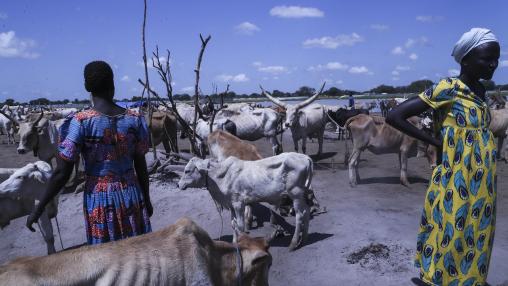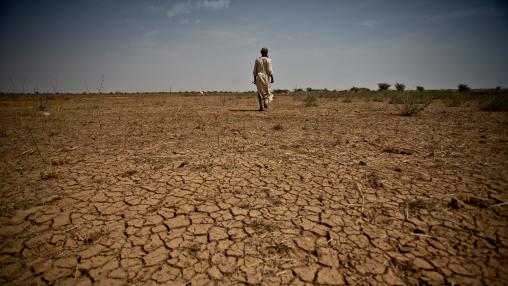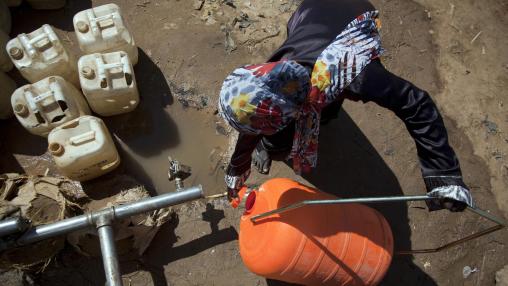
Over Quarter Billion People Face Acute Food Insecurity in 2022: GFRC Released
The world reached a stark milestone in 2022, with over a quarter of a billion people in 58 countries/territories experiencing acute food insecurity (defined as IPC Phase 3 (Crisis) or higher), according to the 2023 Global Report on Food Crises (GRFC).[1] This number represents the fourth consecutive year of increasing food insecurity rates and the highest level seen in the seven-year publication history of the report. An additional 253 million people in 41 countries/territories experienced lower levels of food insecurity (IPC Phase 2 (Stressed)).
Global Report on Food Crises 2023

More than 205 Million People Facing Acute Food Insecurity: GRFC Mid Year Update Released
For the fourth consecutive year, global acute food insecurity rose in 2022. As many as 205.1 million people across 45 countries and territories are in IPC Phase 3 (Crisis) or higher food insecurity as of September 2022, according to the Global Report on Food Crisis Mid-Year Update. That represents an increase of 29.5 million people from 2021.

Global Food Insecurity Hits All-Time High: 2022 Global Report on Food Crises Released
In many places around the world, hunger is worse than ever before.
That’s the message of the 2022 Global Report on Food Crises (GRFC), released this week. The report paints a grim picture of global food security. Almost 193 million people across 53 countries/territories were acutely food insecure in 2021, up nearly 40 million people from 2020. This number represents a new record and is only expected to worsen throughout 2022.
High-Level Event for the launch of the Global Report on Food Crises 2022
Over the last five years, the number of people experiencing acute hunger and requiring urgent food, nutrition and livelihood assistance has been consistently above 100 million, according to the annual Global Report on Food Crises. This year’s edition indicates alarming increases in the number of people in the most severe phases of acute food insecurity, recording unprecedented levels of hunger worldwide.